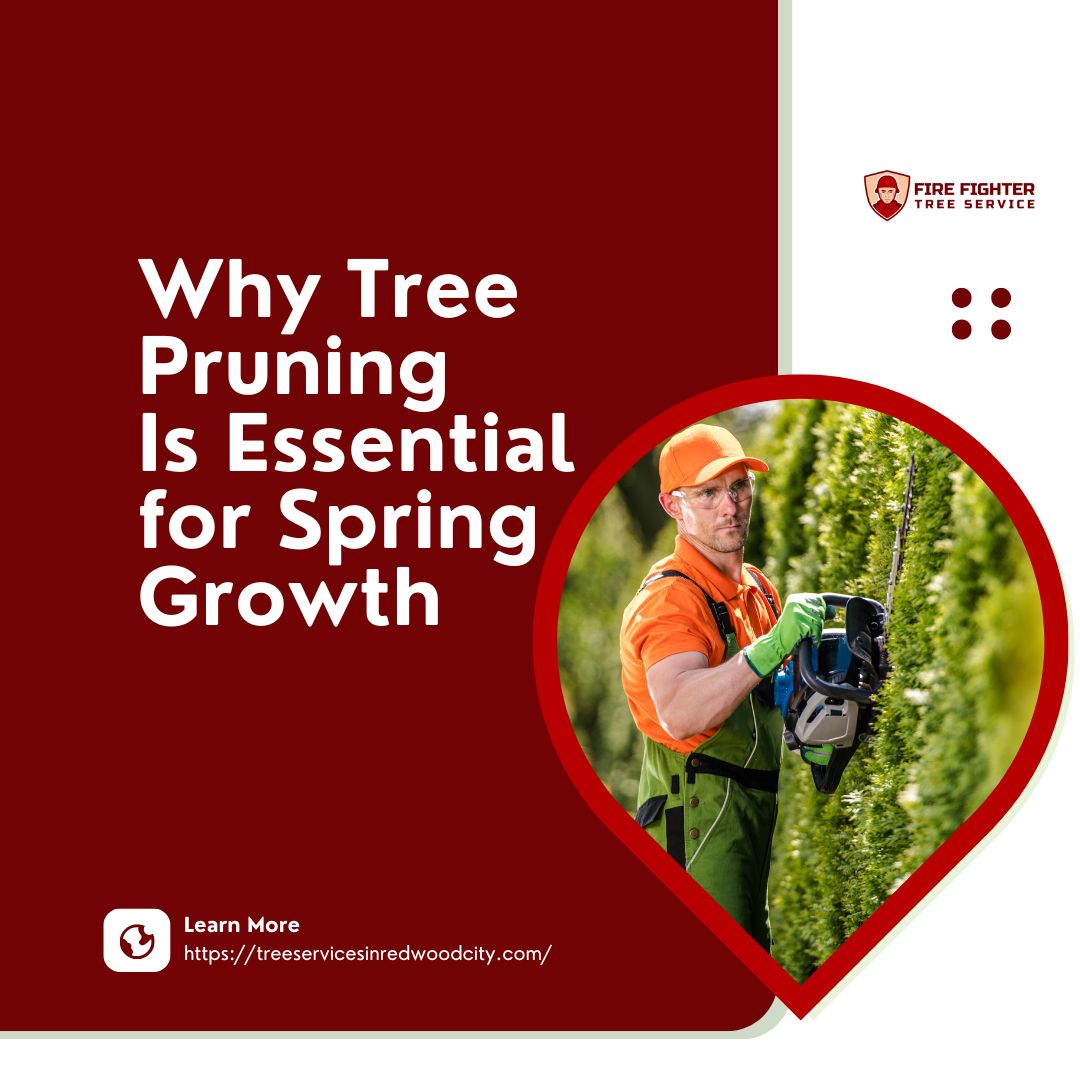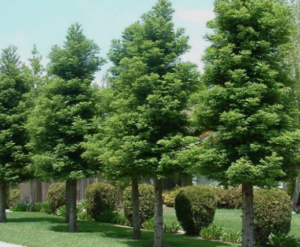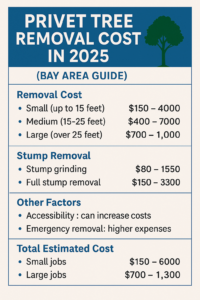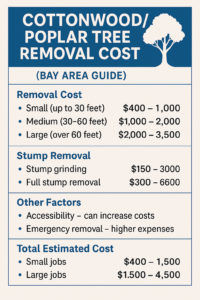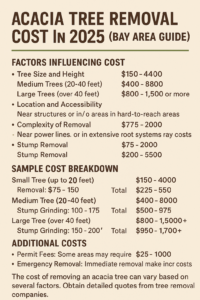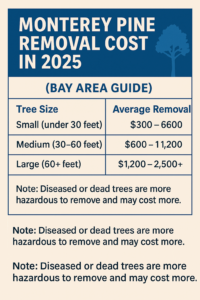With spring just around the corner, flowers will soon bloom, and leaves will begin to grow. Spring tree pruning is crucial for foliage growth, fruit formation, and flowering. Shading off the tree’s extra weight enhances sunlight penetration and oxygen circulation and enables the plant to carry the additional growth.
Table of Contents
- What is Pruning?
- Why The Beginning of Spring is the Best Time to Prune Your Trees
- Essential Spring Tree Pruning Techniques
- Partner with Certified Arborists In the Upcoming Spring Pruning
What is Pruning?
Pruning is the selective removal of dead, diseased, damaged, and deranged branches to improve a tree’s structure and boost new growth. In Redwood City, pruning occurs at the beginning of spring, when conditions are favorable for new sprouts after a dormant winter. Tree pruning is part of the city’s tree maintenance regulation and requires a permit for trees with a diameter of over 6 inches.
The public works department gives pruning permits to certified tree care specialists who meet the city’s pruning criterion for public and private trees. City residents get a permit when the proposed work meets the professional pruning standards.
The department gauges expertise and compliance using the American National Standards Institute A-300 pruning standards and the International Society of Arboriculture’s best management practices for tree pruning.
Why The Beginning of Spring is the Best Time to Prune Your Trees

1. New Growth Optimization
Spring is the peak growth season for foliage in Redwood City. Trees use the dormant energy stored during winter for new growth spurts. Spring tree pruning boosts this energy conversion, maximizing bud bursting and leaf, flower, and shoot development.
2. Enhanced Wound Healing
The warm weather in spring boosts sap flow from the tree roots to the branches. The sap contains nutrients and water essential for plant healing after pruning. As the sap flows, it distributes plant growth hormones that enable cut branches to grow.
3. Improved Plant Health
Pruning removes diseased, structurally compromised, dead, and decaying branches, reducing the risk of disease outbreaks and pest infestations. Clearing overgrowth in the canopy improves air flow and sunlight penetration, which boosts photosynthesis. Pruning discourages fungal diseases that thrive in dark, dump areas.
4. A Thriving Ecosystem
Pruning is essential for a healthy and thriving urban forest cover. It eliminates diseased tree portions, stimulates new growth, and stabilizes the ecosystem. Pruning oak trees in springboosts flowering and pollen release, leading to wind or insect cross-pollination.
5. Enhanced Flowering and Fruiting
Redwood City has plenty of flowering and fruit-bearing trees in its ecosystem. The coastal live oak produces nuts as fruit and catkins as flowers. On the other hand, the California buckeye produces flower spikes and single-seeded fruits. Pruning stimulates bud development, leading to an abundance of bloom. Fruiting trees increase yield through pruning.
6. Stunning Aesthetics
Pruning trees in spring maintains the size and shape of the tree, keeping it compact and captivating. Outdoor activities increase as the weather gets warmer, necessitating landscaping to create inviting and safe spaces. Pruning enhances visibility on adjacent structures without reducing the city’s green cover.
Essential Spring Tree Pruning Techniques

Redwood City values its urban forest cover, so pruning work requires a permit. Applicants should demonstrate proof of expertise and knowledge of their preferred pruning technique and its impact on the city’s green spaces.
1. Natural Pruning
Tree care experts use this technique to reduce tree branches, enabling the tree to retain its natural characteristics. The aim is to reduce structural stress and encourage new healthy growth.
2. Topping
Trees growing dangerously close to utility lines and buildings need pruning at the top of the crown. The technique requires expertise because it can lead to tree starvation, disfigurement, and even death.
3. Pollarding
Arborists use pollarding for long-term tree management on deciduous trees. The technique is mainly for aesthetic purposes. The tree care specialist cuts the tree at a specified location when it is young or on young sections of a mature tree.
The arborists keep pruning regrowth every subsequent year, creating a mass callus tissue at the pruning site. Pollard heads are never wounded when pruning the annual regrowth.
4. Topiary
Evergreen trees with dense foliage, like redwoods, California oaks, acacias, and eucalyptus, are the best for topiary pruning. The trees can handle multiple pruning and shaping.
5. Crown-Centric Pruning
- Crown Thinning: Thinning the crown involves removing specific branches to reduce the tree’s overall canopy density. The goal is not to change the size or shape of the tree but to increase sunlight penetration and airflow on dense canopies.
- Crown Raising: The bottom edge of tree branches can obstruct views or protrude on roads and buildings. Tree care experts employ crown raising gradually to clear the bottom branches. The process takes time because clearing the branches at once can weaken the tree.
- Crown Reduction: Arborists encourage growth spurts on old or mature trees by removing tree branch backs to growing lateral branches when spring begins. The cuts in crown reduction are smaller compared to tree topping.
Get Expert Spring Tree Pruning Services
At Fire Fighter Tree Service, we provide comprehensive tree pruning solutions to Redwood City trees. Leverage our local knowledge and expertise in tree biology and pruning techniques to boost the health and growth of your trees. Call us for expedited services today.
